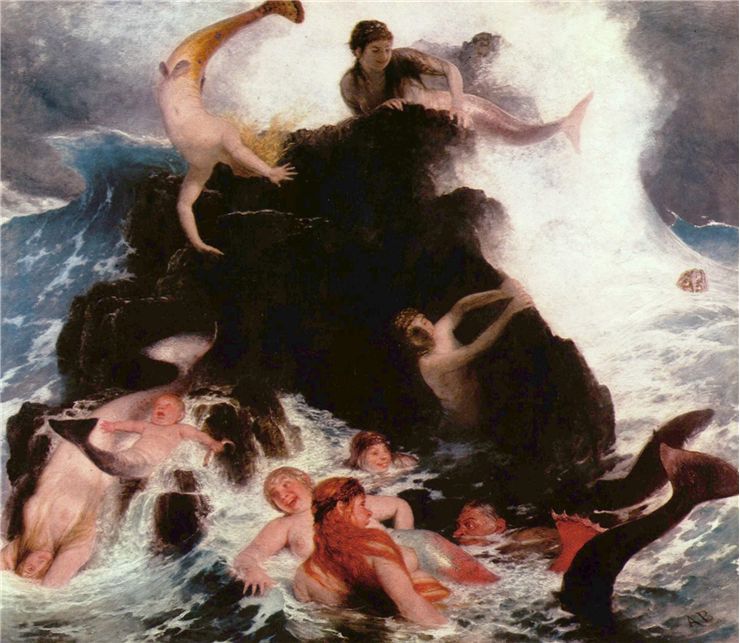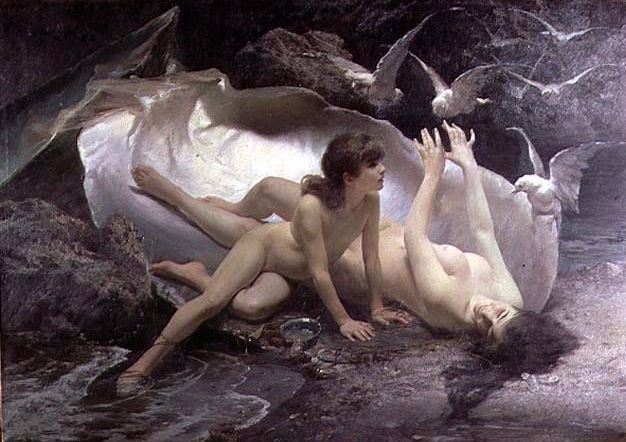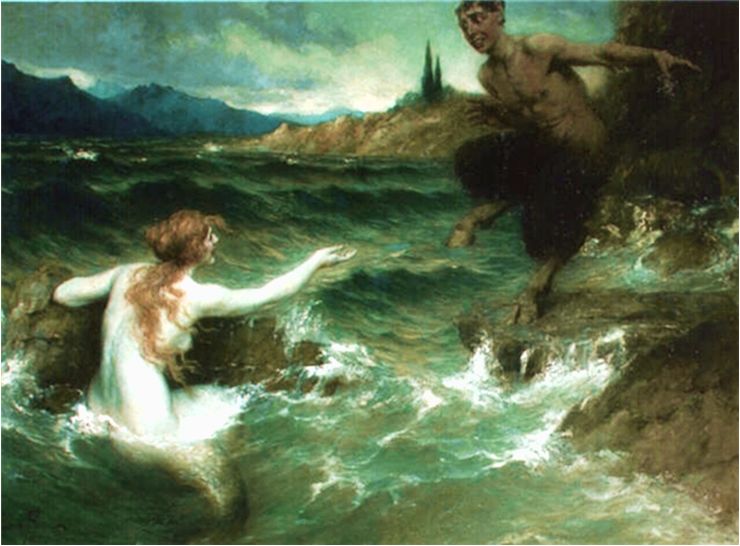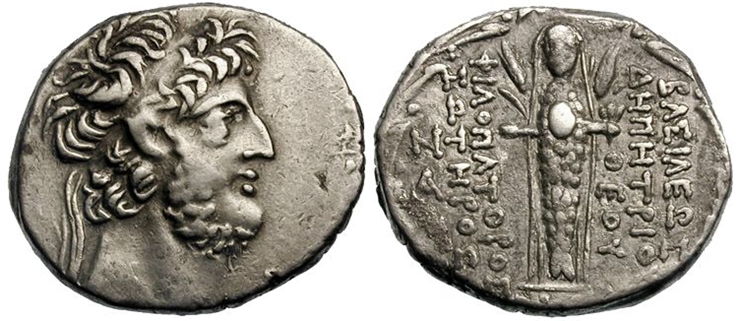Mermaid Mythology - Mermaids Myths and Legends
Although we see the mermaids today mostly as a part of popular culture and folklore remnants of ancient times, mythology surrounding mermaids has managed to influence some of the earliest human civilizations and change the way we look at the mysteries and dangers that are hidden in the unexplored sea. Because of the undeniable romantic traits, similarity to the human form, and religious view toward the sea, mermaids managed to remain the part of our history as one of the most famous mythical creatures that lived in the water (both sea and fresh water). However, as the sea was not always kind to the early sailors, myths about dangerous sea creatures influenced mermaids and for some cultures they become the omens of danger and destruction. These more dangerous versions called sirens soon became mixed in our culture with more benevolent mermaids, making them both friendly and incredibly dangerous.
Mythology of sirens started over 3 thousand years ago in ancient Babylonia and Asyria, where one of the goddesses called Atargatis had the form of a mermaid. This theme of deities that came from the sea and had half human half animal bodies contained to appear in future civilizations, most notably Ancient Greece and Rome. There, several gods and demigods of the sea had half fish forms. Greeks called these creatures nereids if they were female (sea nymphs) or tritons if they were male (called by the son of Poseidon,Triton). Other cultures in the east had their own versions of the mermaids, often created as the counterparts to some aspect of the sea - Chinese believed that mermaids are the personification of the beauty found in the sea (their tears could form into most beautiful pearls), Polynesian mythology celebrated half human and half porpoise god called Vatea, and Japanese folklore mermaid Ningyo was believed to have power of granting immortality to the human who was worthy.
European mythology of mermaids is closely connected to the Greek myth of sirens - deadly female creatures that personified the danger of beautiful and seductive women. In their original Greek versions, sirens were winged women, born as a daughters of the river demigod Achelous, and were cursed to become demons after they did not prevent the abduction of young Persephone by Hades. Many pieces of art and literature that described those winged sirens survived until today, describing how they used their beautiful voices to enchant sailors into falling into water or driving their ship to the rocks only to be destroyed and eaten by the carnivorous sirens. Because the rest of the Europe did not have many winged creature in their folklore, they used the sea-based myth of Greek sirens - beautiful half women half fish that had the power to hypnotize sailors with their songs, see the future, bring storms and destroy ships. The fear of sirens was at its heights when sea navigation and travel was not considered to be safe. Ships were lost, crewmembers drowned, storms carried ships far from their original courses, and all of those events fueled the myths of deadly sirens that were often seen in open sea. Those sightings can today be attributed to the sea animals manatee or dugong, who can sometimes look strikingly similar to merfolk (albeit fat ones, as documented by sighting recorded by Christopher Columbus on his historic first journey to America).
However, not all modern myths about mermaids are influenced by sirens. Persian described mermaids and merfolk as curious and secretive beings without fishtails who can have children with people on land, and Irish folk tales describe the changing of the skin of mermaids. According to legend, mermaids who change its skin can walk on the land for a short time before returning to her home in the sea.
Al of this myths and legend played a big role in creating a picture of mermaids that are popular in today's society - benevolent, mystical and shy creatures who have great curiosity about life on the surface.



